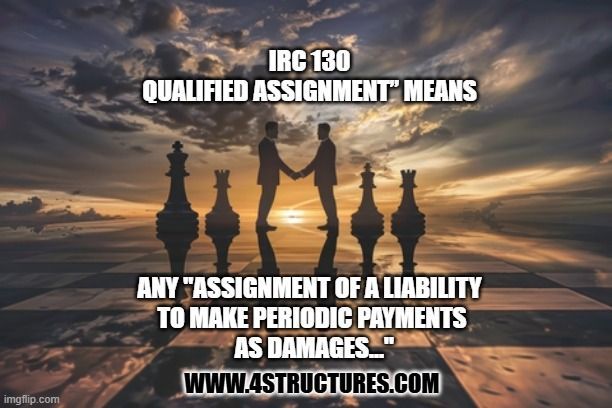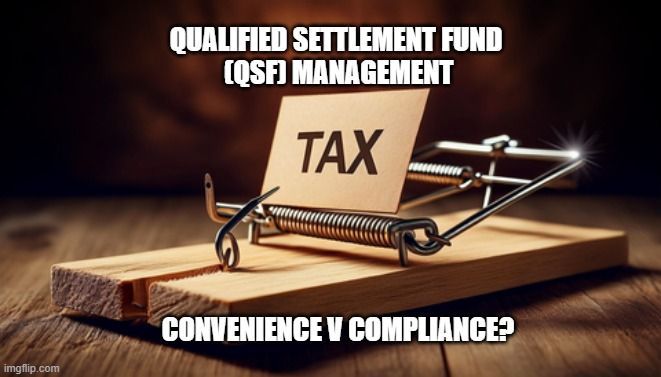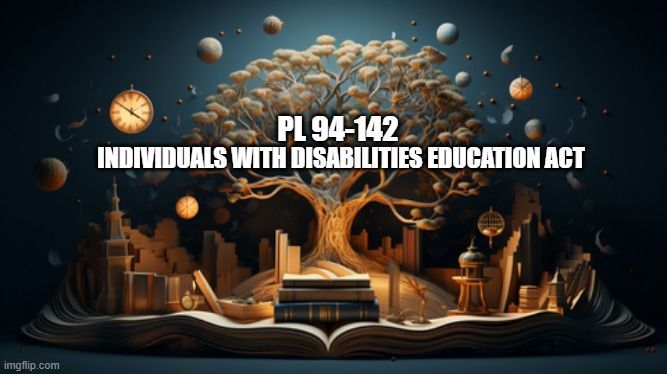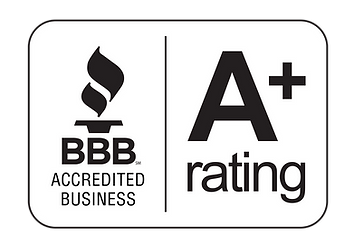Interest Rate Linked Structured Settlements | How They Work
Lump Sums Automatically Convert to Income If Rates Rise

Pandemic Era Structured Settlement Innovation
Interest Linked Structured Settlements evolved as a Pandemic era response to Consumer Fear of Missing Out on potentially higher future rates, by two related life insurers then under what was known as the AIG LIfe & Retirement Division. Deferred lump sums a common component of structured settlement architecture. However these lump sums have the ability to get triggered. Conceptually, the structured settlement payee will get the lump sum at the end of the benefit stream if interest rates go down,
OR trigger a potential extended tax-free benefit with a period certain if rates rise. Interest Rate Linked Structured Settlements offered an excellent opportunity for a payee to diversify their benefits
with unlimited upside (there is no cap on how high one company will credit interest rates if they rise) and a known, limited downside.
What is a Structured Settlement Bond Simulation?
Bond simulations are a popular structured settlement cash flow strategy that combines a period certain annuity with a deferred lump sum to mimic the cash flow of a bond held to maturity. The strategy can be implemented with a single life insurer writing the period certain and deferred lump sums, or separate insurers each writing one of the two cash flows. Structured settlement brokers and settlement planners have used this as a strategy for years.
The Traditional Structured Settlement Bond Simulation Ladder
A structured settlement bond simulation ladder is
where you combine two or more bond simulations of different durations.
For example:
$2,500/month for 10 years followed by a lump sum equal to the cost of the income and lump sum in 10 years;
$3,000/month for 15 years followed by a lump sum equal to the cost of the income and lump sum in 15 years;
$4,000/month for 20 years followed by a lump sum equal to the cost of the income and lump sum in 20 years; and so on
Note: Your settlement agreement would need to be more specific, but this is just to give you an idea of the concept.
What Options Were Available with an Interest Rate Linked Structured Settlement?
Deferral Options
You pick the deferral period for the lump sum from a choice of 5, 10, 15, 20 years
Income Options
You pick the income certain period 10, 15, 20, 25 or 30 years, to go into effect if the Reference Rate at the end of the deferral period is greater than when the annuity was established.
IRS Private Letter Ruling 202127039 (April 14, 2021)
- "The periodic Subject Payments of damages that Minor will receive are fixed and determinable as to amount and time of payment within the meaning of § 130(c)(2)(A) even though they are calculated pursuant to an objective formula based on the performance of 10-year United States Treasury Bond Yield Rate. In addition, the other requirements of § 130(c) have also been met. Accordingly, the assignment entered into pursuant to the Assignment Agreement is a qualified assignment under § 130(c).
- The Annuity purchased by the Assignee qualifies as a qualified funding asset under § 130(d)".
Read IRS PLR 202127039 Now
What is a Qualified Funding Asset under IRC 130(d)?
"For purposes of this section, the term “qualified funding asset” means any annuity contract issued by a company licensed to do business as an insurance company under the laws of any State, or any obligation of the United States, if
- such annuity contract or obligation is used by the assignee to fund periodic payments under any qualified assignment,fund periodic payments under any qualified assignment,
- the periods of the payments under the annuity contract or obligation are reasonably related to the periodic payments under the qualified assignment, and the amount of any such payment under the contract or obligation does not exceed the periodic payment to which it relates,
- such annuity contract or obligation is designated by the taxpayer (in such manner as the Secretary shall by regulations prescribe) as being taken into account under this section with respect to such qualified assignment, and
- such annuity contract or obligation is purchased by the taxpayer not more than 60 days before the date of the qualified assignment and not later than 60 days after the date of such assignment". Source: Internal Revenue Code of 1986, as amended
Last updated March 16, 2024
This web site is not endorsed by, directly affiliated with, maintained, authorized, or sponsored by any insurance or other company referenced herein. All products, services and company names are the registered trademarks of their original owners. The use of any trade name or trademark is for identification and reference purposes only and does not imply any association, sponsorship or endorsement between the trademark holder and the operators of this web site.















